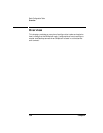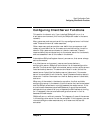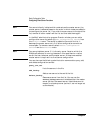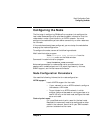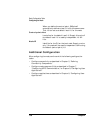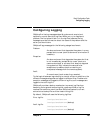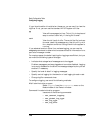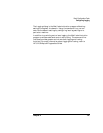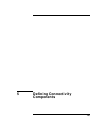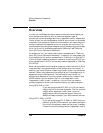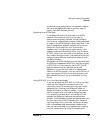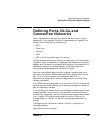
140 Chapter 4
Basic Configuration Tasks
Configuring Logging
If your favorite editor is installed on the server, you can use it to view the
log files. If not, you can use the standard HP-UX system utilities:
pg
View a file one page at a time. This utility is simple and
easy to use but useful only if the log file is small.
tail
View the tail (end) of a file. The end of the file is where
the most recent log messages are. Use this utility with
the -f option to monitor the log file while the system is
running.
If you selected succinct rather than verbose logging, you can use the
snaphelp command to determine the cause and action information for a
particular message number.
For most purposes, the default settings for logging are sufficient, but you
can make the following types of changes:
• Indicate what categories of messages are to be logged.
Problem messages are always logged and cannot be disabled. Logging
is normally disabled for the other two message categories, but you can
enable it if necessary.
• Specify the level of detail in logging messages.
• Specify central logging for the domain or local logging for each node
• Change log file names and sizes.
To configure logging, use one of the following methods:
Motif administration program
Select Logging from the Diagnostics menu on the
Node window or the Domain window.
Command-line administration program
Issue one of the following commands:
• set_central_logging
• set_global_log_type
• set_log_type
• set_log_file





